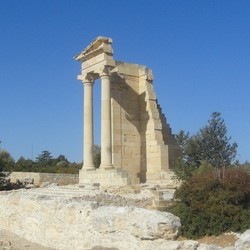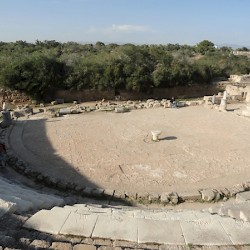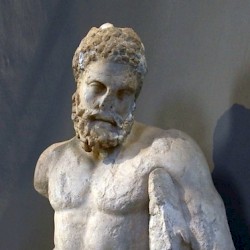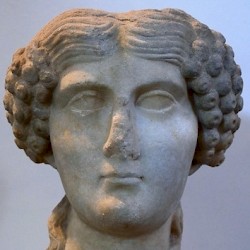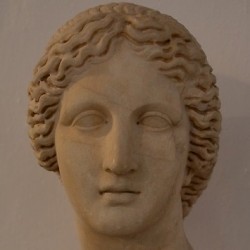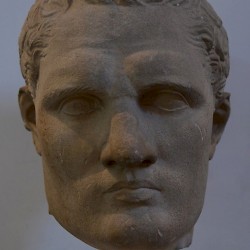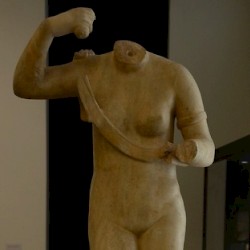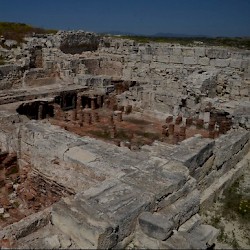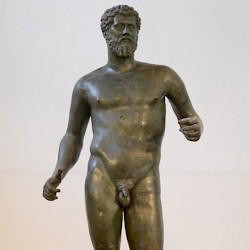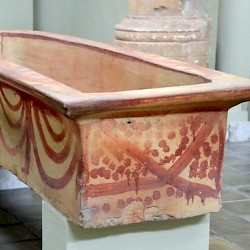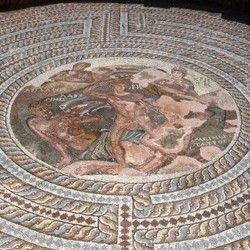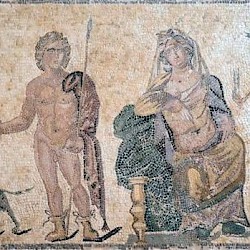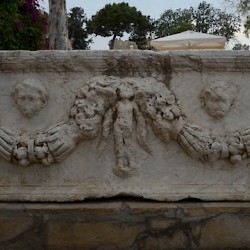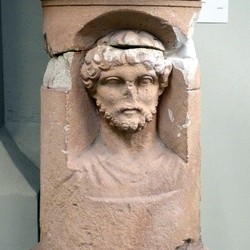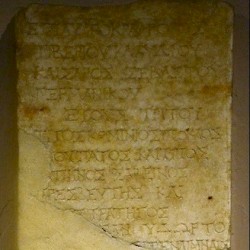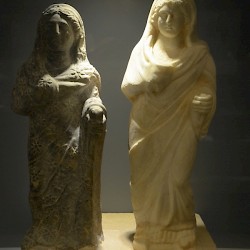Roman Cyprus
Q2967757Cyprus (Greek Κύπρος): large island in the eastern Mediterranean, colonized by Phoenicians and Greeks.
Roman Cyprus

In 58 BCE, Cyprus was conquered by the Roman Republic. At first, it was part of the province of Cilicia; during the civil wars, it was given back to the Ptolemaic Empire; and finally, it became an independent province in 31 BCE. The copper mines were awarded to a Roman ally, king Herod the Great of Judaea. Although Salamis remained the island's largest city, its governor (a procurator) resided in New Paphos: closer to Rome and an easy continuation of Ptolemaic practice.
Salamis remained the main trade hub, while Paphos was the main religious center: this was the place where Aphrodite was venerated. However, the worship of Aphrodite was no longer the only important cult: the oracle of Apollo in Kourion also became important.
In the first and second centuries CE, prosperity increased and it is important to notice that Cyprus, far from the frontier zones along the Rhine, Danube, and Euphrates, was a peaceful region. The Roman engineers built roads, aqueducts, and bridges; in the cities, gymnasia, theaters, and temples were built, often with beautiful mosaic floors.
In 116 CE, there were several Messianic revolts in the Cyrenaica, Mesopotamia, and Cyprus. The insurrection was repressed, but Cyprus remained a center of Judaism, in spite of the fact that the Roman Senate had ordered the Jews to leave.
